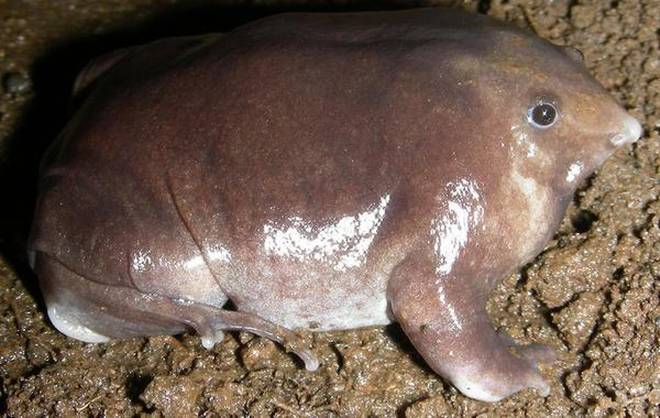900 319 0030
enquiry@shankarias.in
Nasikabatrachus bhupathi

Mentor India Campaign
Fatbergs
Effect of climate change
Drones to restore Mangroves
Appeal to U.N. against weapons of terror
Source: PIB, The Hindu